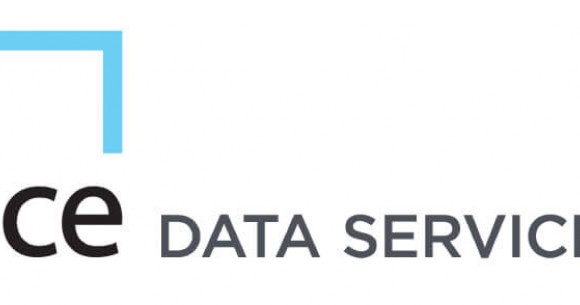Attracting order flow in an unbundled world
In the wake of MiFID II’s mandate to unbundle research and execution services, the research industry has received a lot of attention. Will the buy-side expand internal research functions? How will sell-side teams differentiate themselves? Various questions are unanswered, but investment managers will always need research, so while we can expect changes to how it looks and who produces it, the fundamental service remains the same.
Execution, the other side of the MiFID II equation seems to have escaped the focus of the debate. Change is coming, and one reason is that, at present, many buy-side desks trade with a broker in exchange for the research they provide. However, in an unbundled world, asset managers will be able to send their orders to one party and receive research from another. They will have to justify these decisions and, as a result, we can expect brokers to ramp up their efforts to provide robust execution services in a bid to maintain, and increase, order flow.
In attracting order flow, the ability to evidence regulatory requirements, like best execution, will take centre stage. Another important factor to consider is reliability, which in today’s electronic markets, hinges on the performance of the technology that constitutes a broker’s trading infrastructure. Typically, this stack will be made up of various, interrelated components: FIX engines, order management systems, market data platforms, smart order routers, algo engines etc. Each of these represent an additional point of latency and/or failure - scenarios which could impact execution and in turn, cause clients to defect to another broker.
The cost of maintaining multiple sell-side relationships should limit fickle behaviour, but the overarching message is clear; brokers need to pay sufficient attention to monitoring the technology that underpins their execution platform. Latency, order flow and other key metrics should be captured and analysed alongside application and infrastructure data. Alerts should be triggered when metrics breach a threshold. Remedial action should start automatically when an issue does occur.
All of this places an onus and burden on IT teams, especially those without the right monitoring and analytics toolset. However, the rewards of a performant execution platform cannot be overstated, particularly when we consider the newly solidified relationship between reliability, MiFID II compliance and revenue and profit in this unbundled world.


